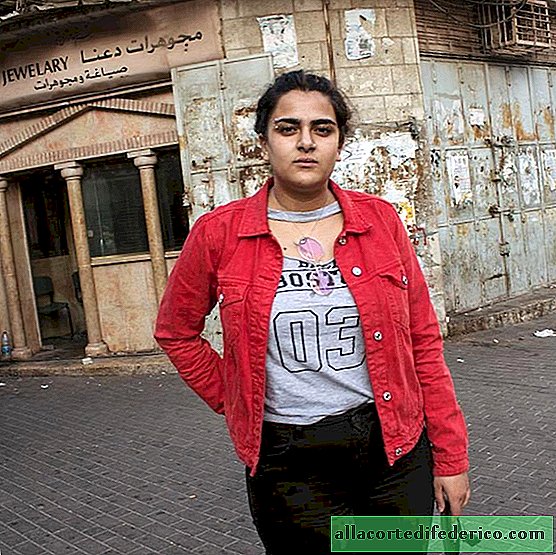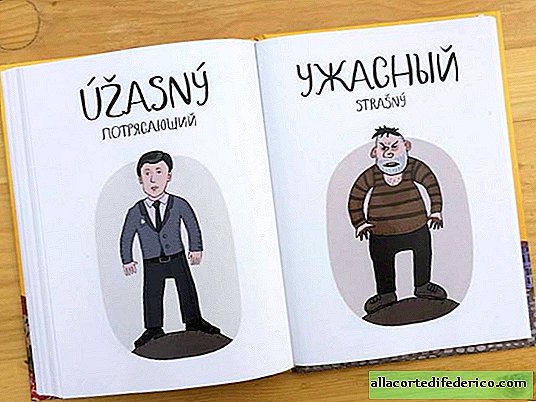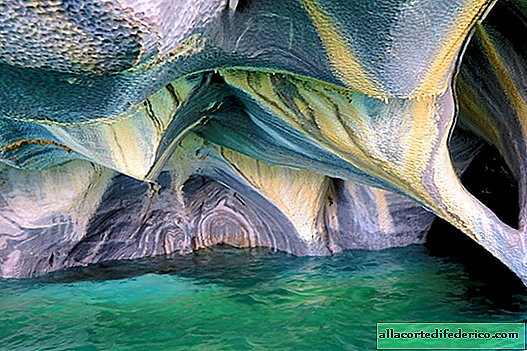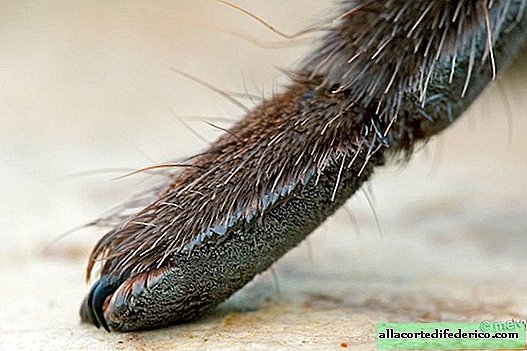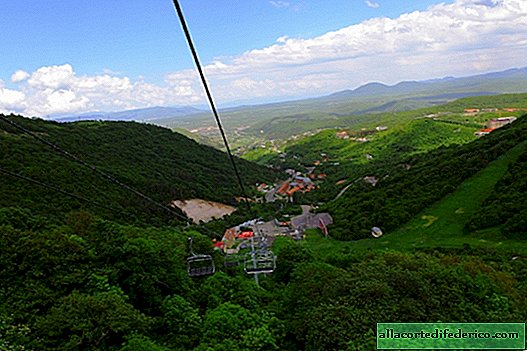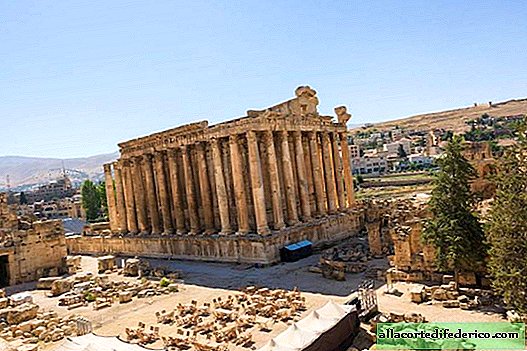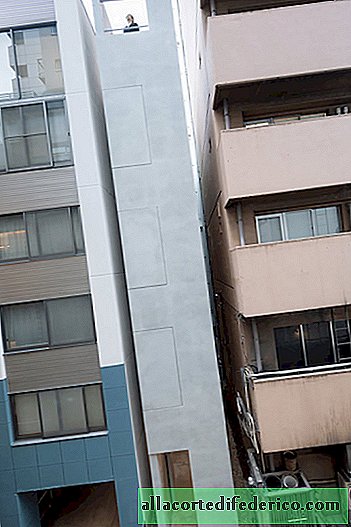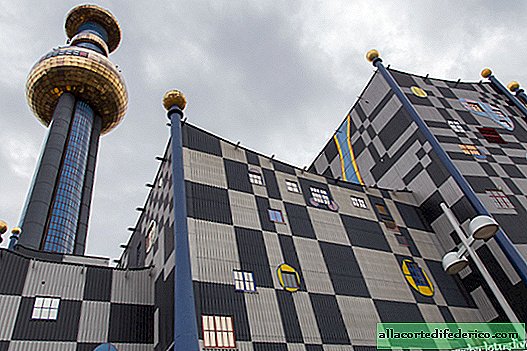Clichy-Batignolles, Paris: miniature eco-city of the future
When you look at how Clichy-Batignolles (the new Parisian eco-district) is arranged, it seems that this is a city of the future in miniature. The best architects, designers and environmentalists have joined forces to create a truly unique residential area. Everything is subordinated to one idea here - high comfort and quality of life are inseparable from caring for the environment.

In recent decades, everything related to green energy, secondary use of resources, reduction of carbon dioxide emissions and reduction of negative impact on the environment as a whole has been unusually popular in Europe. This trend is reflected in architecture. In Europe, there are already not only buildings that contribute to the preservation of the environment, but also whole eco-districts, such as Clichy-Batignolles in Paris, which was designed in the former industrial zone of the city.

The heart of the new district is the Martin Luther King Park, which was laid on the site of railway tracks and storage buildings. The park covers an area of 10 hectares, which is approximately 1/5 of the total area of the eco-district. And this is not just a green recreation area where you can spend time in any weather. Specially for increasing and preserving biodiversity, about 500 plant species were planted here, and an artificial pond is the habitat of waterfowl. In addition, the park has a system for collecting rainwater, which is subsequently used for watering plants.

In addition to the Martin Luther King Park, Clichy-Batignolles has everything that is necessary for the functioning of a self-sufficient urban space. Residential buildings, designed for different categories of the population, offices, schools, shops and a cinema. Designers tried to minimize the area of roads and parking lots, thereby encouraging residents of the area to walk and refuse to use cars. Of course, residents of the area are not forbidden to drive cars, and the emphasis is on limiting the use of personal vehicles without emergency.

Each building in Clichy-Batignolles, whether it is a residential apartment building or office high-rise building, is a unique example of a combination of comfort and environmental friendliness. Plots of the district were divided between different developers, so each project is deeply individual, and you will not see serial houses of the same type here. The roofs of many buildings are decorated with green spaces, the total area of the additional green zone is 6,500 square meters. m. In addition, there are two mini-farms, where everyone can grow greens and vegetables.

The energy consumption of each building is limited by the strict requirements that all developers working in Clichy-Batignolle adhere to. The amount of energy spent on heating the premises should not exceed 15 kW / h per 1 square meter of area. In order to fit into this strict framework, developers use various technologies that contribute to the conservation of heat: walls and windows have high thermal insulation, and the windows themselves are often oriented to the south side to maximize the use of sunlight. Residents of the new district are very pleased with such an energy-saving concept, because it significantly saves their costs for heating their homes.

About 40% of the energy consumed by the area is generated by solar panels installed on the roofs and facades of buildings. In addition, a geothermal thermal system has been introduced in the district, as well as a system that allows heating tap water entering the houses through warm water leaving the drainage system.

The authors of the project decided by all available means to deal with vehicles and pollutants generated during its operation. In addition to minimizing the pavement area, Clichy-Batignolles has a pneumatic underground garbage disposal system, thanks to which there is no need to use garbage trucks. The further fate of the garbage also fits into the modern eco-concept: the garbage is sorted and sent for further processing, including the incinerator, which produces electricity.

A unique eco-district on the site of the industrial part of Paris began to be created in 2002. It turns out that it was originally planned to reconstruct this area for the 2012 Summer Olympics. But London won the right to host the Olympics, and instead of the Olympic village, it was decided to build a modern eco-district. At the moment, most of the buildings and facilities are already ready, and the completion of the reconstruction is planned for 2020.




